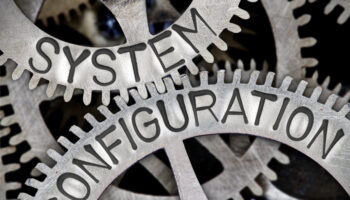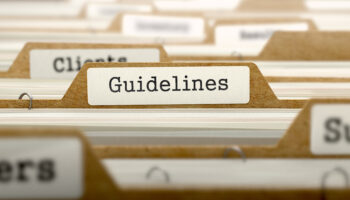By Rochelle Deane
I never imagined that I would decide to transition to a new job, after doing a job I loved for 9 years. I also couldn’t imagine deciding to switch during the COVID-19 pandemic, which undoubtedly has brought unprecedented challenges for everyone. My name is Rochelle Deane, and I am the newest member to the program quality assessment team with the Pennsylvania Key.
Change can be exciting regardless of the organization, the role, or your experience. Beginning a new position is up there with one of the most terrifying, intimidating, stressful and apprehensive moments in life. As a childcare provider and employer your daily day-to-day work is fast paced. One of the most reassuring components is that you’ve ensured that you have hired qualified staff, that know what it takes to work in a childcare facility. I know, there are so many steps before having a new hire enter the program building to start on their first day and time is of the essence.
Here are some strategies that you can use as an employer, that I found helpful as a new employee transitioning into my role.
- New-Hire Packet: This packet should be given on the first day. It gives your new employee the first impression of your program. Some examples should include a welcome letter, giving a brief introduction of the program. A job description helps your new hire understand the abilities that are necessary for a position. Employee information form which should include mailing address, emergency contact, special health requirements and birthdate. A copy of the employee handbook, which should offer a sign-off to verify your new hire has received their copy. The benefits information and holiday closures show what your program has to offer. Additionally, you should include anything you feel is important to the culture of your program or any forms that the new hire can complete at a separate time, without your help.
- Orientation Meeting: This should be a collaborative meeting with any member of your hiring team. Ideally, this meeting should be scheduled on the first few days of the new employee start date. This meeting is to provide guidance and information about your programs mission, values, and culture. An introduction to the staff, a tour of your facility, a review of the employee handbook, The Department of Human Services (DHS) regulations, benefits plan, and completion of all the important documents or required professional development (PD).
- An Onboarding Checklist: This checklist helps you and your new hire get important information, documents, and training on a timeline. The timeline should be for the first 6-12 months of the new hires’ time. This checklist should include required PD, documents that need completion and/or documents that need to be reviewed.
- Mentor: this is a peer or a member of your hiring team. This peer is an assistant in the training of a new hire and an informal resource. It’s recommended the peer be someone that the new hire has access to daily; maybe a lead teacher and assistant director or a long-term staff member who is knowledgeable in the procedures, policies, and requirements of the position and willing to help socialize the new hire into the program.
As the years pass, you will learn to adapt each of these strategies for the better. To help you in assessing your business and administrative practices, the Program Administration Scale (PAS) designed for center-based programs and the Business Administration Scale (BAS) designed for family childcare programs is currently available to you. These are great Program Observation Instruments (POI) because the scales are based on research and best practices. You can read more about each of the scales at the links below.




